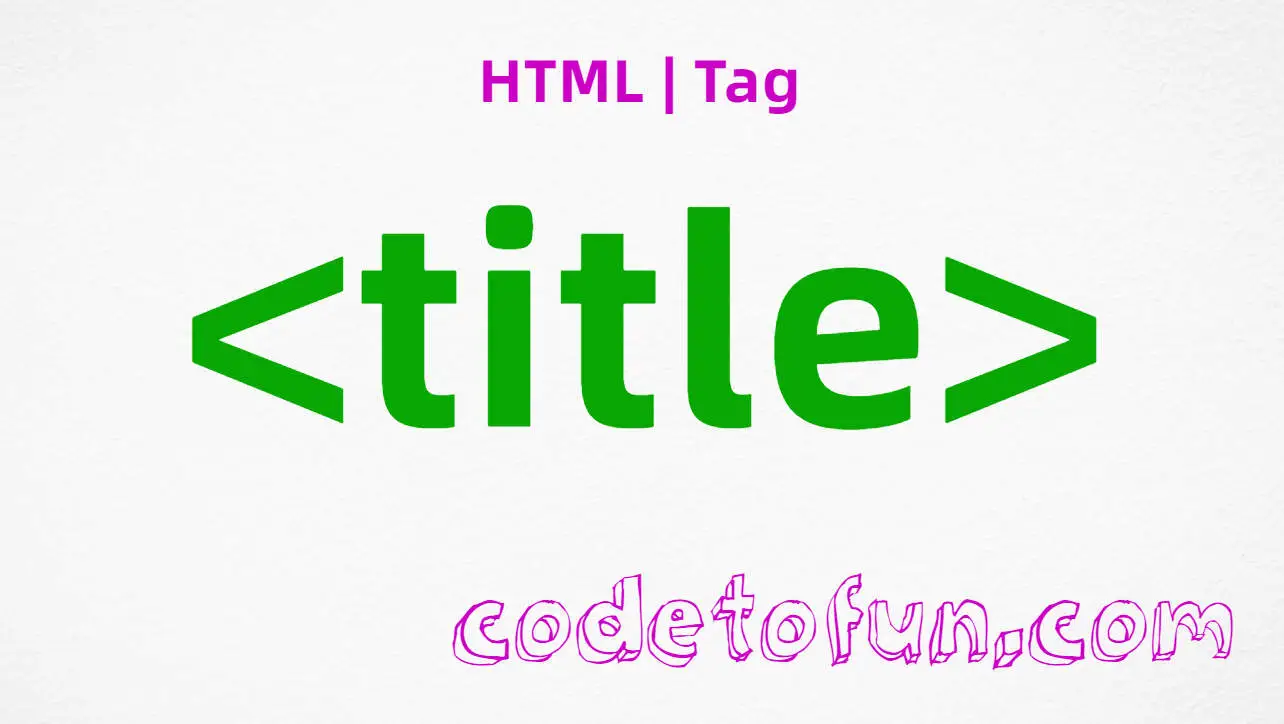
HTML Basic
HTML Reference
- HTML Tags
- <!--...-->
- <!DOCTYPE>
- <a>
- <abbr>
- <address>
- <area>
- <article>
- <aside>
- <audio>
- <b>
- <base>
- <bdi>
- <bdo>
- <blockquote>
- <body>
- <br>
- <button>
- <canvas>
- <caption>
- <cite>
- <code>
- <col>
- <colgroup>
- <data>
- <datalist>
- <dd>
- <del>
- <details>
- <dfn>
- <dialog>
- <div>
- <dl>
- <dt>
- <em>
- <embed>
- <fieldset>
- <figcaption>
- <figure>
- <footer>
- <form>
- <h1> to <h6>
- <head>
- <header>
- <hgroup>
- <hr>
- <html>
- <i>
- <iframe>
- <img>
- <input>
- <ins>
- <kbd>
- <label>
- <legend>
- <li>
- <link>
- <main>
- <map>
- <mark>
- <menu>
- <meta>
- <meter>
- <nav>
- <noscript>
- <object>
- <ol>
- <optgroup>
- <option>
- <output>
- <p>
- <param>
- <picture>
- <pre>
- <progress>
- <q>
- <rp>
- <rt>
- <ruby>
- <s>
- <samp>
- <script>
- <search>
- <section>
- <select>
- <small>
- <source>
- <span>
- <strong>
- <style>
- <sub>
- <summary>
- <sup>
- <svg>
- <table>
- <tbody>
- <td>
- <template>
- <textarea>
- <tfoot>
- <th>
- <thead>
- <time>
- <title>
- <tr>
- <track>
- <u>
- <ul>
- <var>
- <video>
- <wbr>
- HTML Deprecated Tags
- HTML Events
- HTML Global Attributes
- HTML Status Code
- HTML Language Code
- HTML Country Code
- HTML Charset
- MIME Types
HTML title Tag

Photo Credit to CodeToFun
🙋 Introduction
In the intricate landscape of web development, the <title> tag stands out as a crucial HTML element, playing a pivotal role in defining a webpage's title. This comprehensive guide will unravel the nuances of the HTML <title> tag and its implementation.
🤔 What is <title> Tag?
The <title> tag is a fundamental HTML element used to define the title of an HTML document. It is placed within the <head> section and serves as the title displayed on the browser tab or window.
💡 Syntax
To implement the <title> tag, place it within the <head> section of your HTML document, like this:
<!DOCTYPE html>
<html lang="en">
<head>
<title>Your Page Title</title>
</head>
<body>
<!-- Your page content here -->
</body>
</html>🧰 Attributes
The <title> tag does not support additional attributes. Its content is typically plain text, but you can use entities for special characters.
📚 Common Use Cases
Browser Tab Display:
The text within the
<title>tag is what appears on the browser tab when a user visits your webpage. It provides a concise and informative representation of the page's content.Search Engine Optimization (SEO):
Search engines use the
<title>tag to understand the content of a page. Crafting a meaningful and relevant title can positively impact your website's SEO, potentially improving its search engine rankings.
🖥️ Browser Support
Understanding the compatibility of the <title> tag across different browsers is essential for delivering a consistent user experience. Here's an overview of its support:
- Google Chrome: Fully supported.
- Mozilla Firefox: Fully supported.
- Microsoft Edge: Fully supported.
- Safari: Fully supported.
- Opera: Fully supported.
- Internet Explorer: Partial support (some versions may have limitations).
Ensure you test your code in various browsers to guarantee a seamless experience for your audience.
🏆 Best Practices
- Keep the title concise, ideally within 50-60 characters, to ensure it's fully visible on search engine results pages.
- Craft titles that accurately reflect the content of the page to enhance user experience and SEO.
- Avoid using generic titles; make them unique and specific to each page.
🎉 Conclusion
The <title> tag might seem simple, but its impact on user experience and SEO is profound. Crafting well-thought-out and descriptive titles not only enhances the visibility of your web pages but also contributes to a positive user journey.
Mastering the use of the <title> tag is a fundamental skill for any web developer, ensuring that your websites are not only well-structured but also optimized for search engines.
👨💻 Join our Community:
Author

For over eight years, I worked as a full-stack web developer. Now, I have chosen my profession as a full-time blogger at codetofun.com.
Buy me a coffee to make codetofun.com free for everyone.
Buy me a Coffee












If you have any doubts regarding this article (HTML title Tag), please comment here. I will help you immediately.